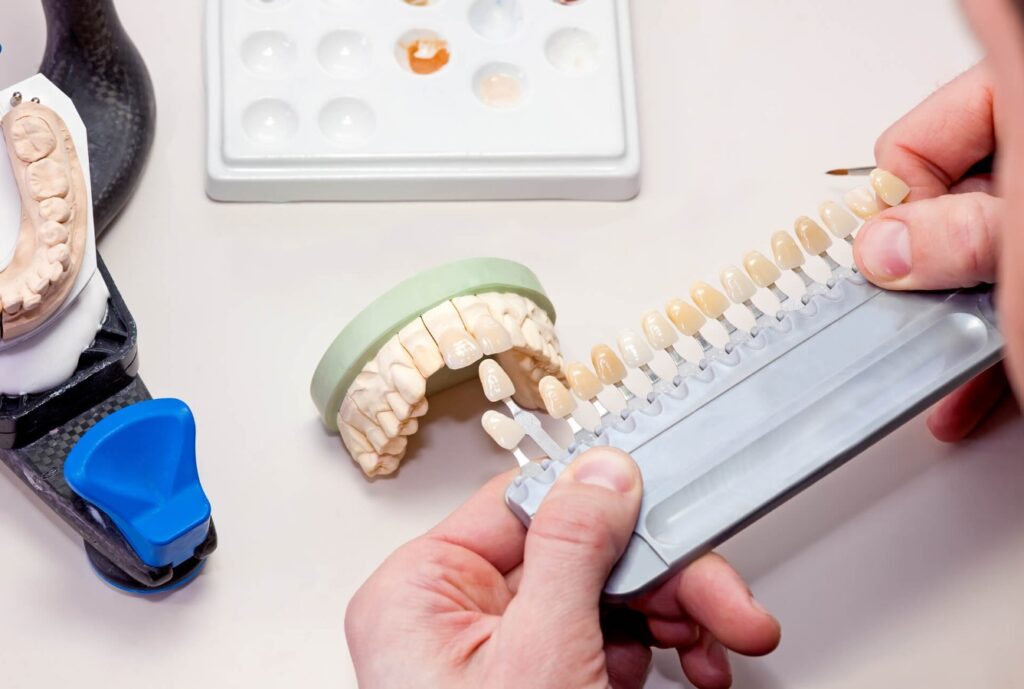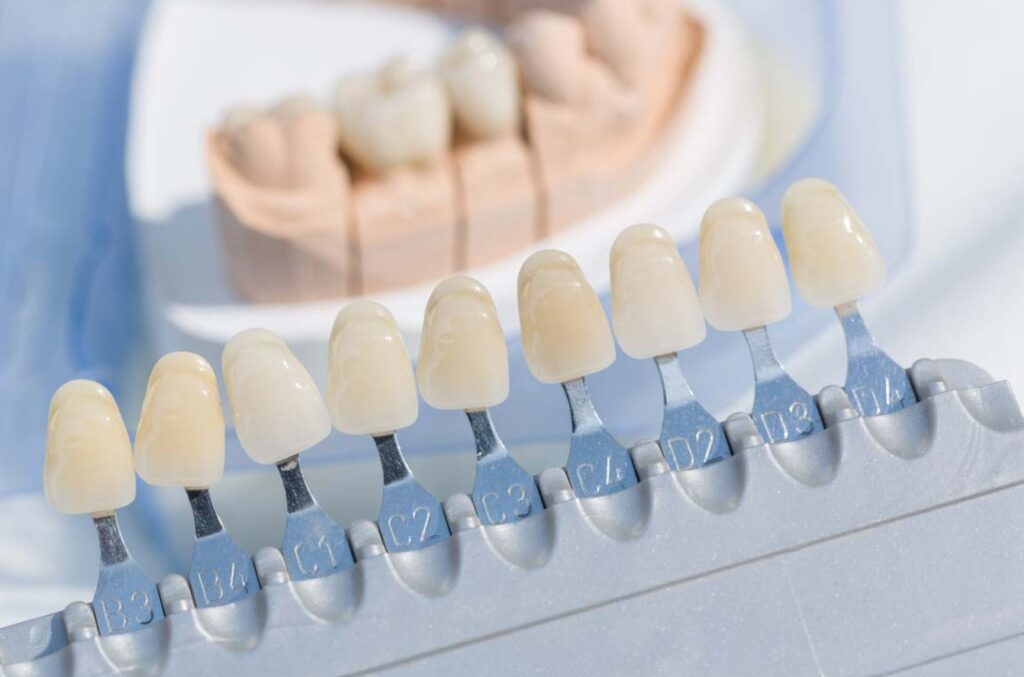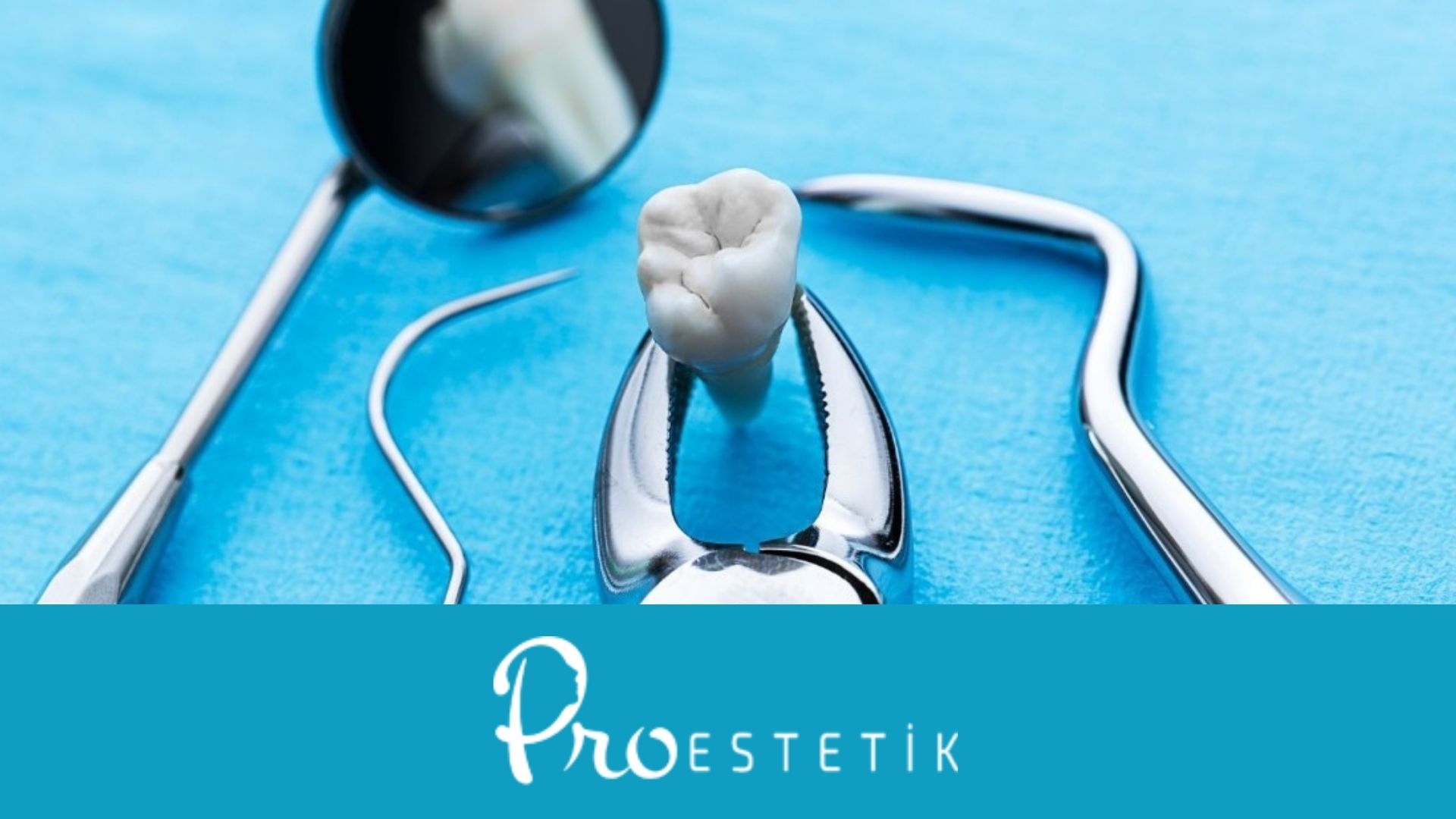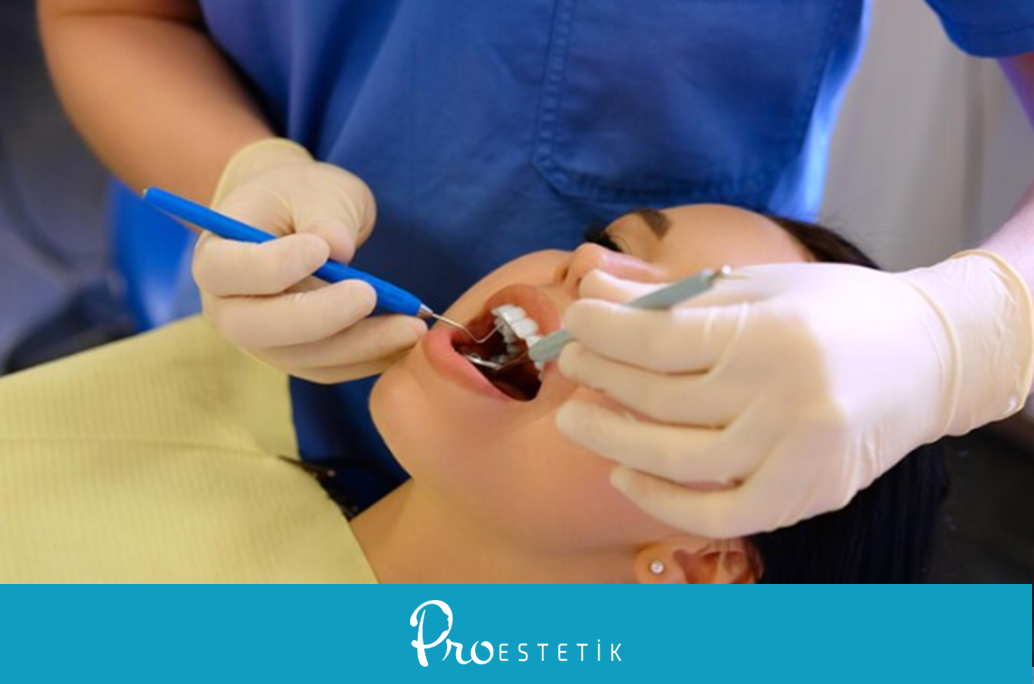Restorative dental treatment is called all of the treatment methods applied to eliminate the deformations that occur in the teeth due to decay or non-decay and to provide functional and aesthetic teeth to the patient. Thanks to restorative dentistry, teeth that have lost their aesthetic appearance are made healthy, natural, and functional again. As a result of the treatment, patients have an aesthetic smile, and they can chew and speak more comfortably since functional disorders in the teeth will be eliminated.
Thanks to modern technology, dentists can apply various methods for restorative dental treatment. The method to be used in treatment varies from patient to patient.
What Is Restorative Dentistry?
Restorative dentistry refers to treatments to improve the appearance of decayed or damaged teeth and to create an aesthetic smile and a functional oral structure for the patient. Tooth loss due to gum disease, broken or decayed teeth can be corrected with different treatment methods.
The most appropriate restorative dental treatment to be applied for the patient is decided after the examination. In this examination, the deformations that occur in the patient's teeth, and the factors that determine the patient's facial features such as face, jaw, mouth and lips are taken into consideration. The most appropriate treatment method for the patient is then meticulously planned.
Equalization of tooth color or removal of tartar are very important applications for restorative dentistry. In addition, veneers, dental bridges, fillings or dental implant treatments are among restorative dental treatments. Since the treatment methods to be applied according to the patient's condition are very diverse, it is necessary to be extremely careful in the process. For this reason, make sure that you consult a specialist.
What are Restorative Dental Treatment Methods?

Restorative dentistry methods vary widely and the method to be applied varies from patient to patient. The most common and most frequently used treatment methods are as follows;
Filling
Filling is one of the most popular and frequently preferred restorative dental treatment methods. Dental filling is a treatment method used to fill the cavity when bacteria in the mouth damage the tooth enamel and start to form cavities. In this treatment, the dentist cleans the tooth decay, sterilizes the area, and then fills the cavity with a special material. This prevents bacteria from damaging the tooth enamel.
When the root of the tooth is not damaged, this treatment method is used to restore the functional structure of the tooth. After the filling treatment, the tooth is protected from bacteria, and the lifespan of the tooth is prolonged.
Inlaya and Onlays
Inlays and onlays are filling methods used when the gap in the tooth is too large for a filling but too small for a crown. In the treatment performed with the help of a specialist physician, the tooth is first measured and a special filling is prepared for the gap in the area. These fillings can fill the gap in the tooth like a puzzle piece. They are extremely durable and look aesthetic.
Root Canal
Root canal treatment is a treatment method applied in cases where the tissue in the tooth called pulp, surrounded by nerves and blood vessels, is damaged. Decay that is not cleaned over time reaches the pulp, creates bacteria here, and causes toothache.
In this treatment, the dentist reaches the pulp by drilling a hole through the tooth and removes the tissue. Then they clean the root canals of the tooth and the decay inside the tooth with the help of special instruments. They shape the root canals of the tooth and close the cleaned area with a special filling material.
Crown
Decayed and broken teeth are repaired by means of crowns placed over the entire tooth. For the crown treatment, the tooth to be crowned needs to be slightly trimmed. After the tooth size is reduced, the patient's dental impressions are taken. In this part, it is necessary to be extremely meticulous to ensure that the teeth to be prepared fit correctly on the gum and the trimmed teeth.
In addition to creating an aesthetic appearance, crowns are extremely strong. The patient can chew and speak as if they were using their natural teeth. You can use your crowns for up to 15 years when you go to regular doctor check-ups and provide oral care.
Implant
One of the most reliable restorative dental treatments is implants. Before a crown is placed on the missing tooth, it is necessary to build a root first. Implants fulfill this task by providing natural tooth functionality by filling the missing tooth root.
Implant treatment takes longer than the treatments we have just mentioned. It consists of 2 stages: First, implant surgery is performed and the patient is provided with temporary teeth. Then the patient has to wait at least 3 months for permanent crowns. During this time, the implants fuse to the jaw and solidify. At the end of 3 months, permanent crowns are placed on top of the implant.
You can read: All On 4 Dental Implants
Bridge
In bridge treatment, the space left by one or more missing teeth can be filled. If 2 existing teeth support the bridge to be built, these two teeth are trimmed just like in the crown treatment. Then, the tooth impression is taken and bridge tooth construction is started.
Bridge treatment, which is one of the most frequently used restorative dentistry methods, is frequently preferred because it is performed without the need for implant surgery.
Dentures
Dentures are one of the most suitable treatment methods for those who have lost teeth and are looking for affordable and fast restoration dental treatment. Dentures are not only suitable for patients who have lost all their teeth but several.
Dentures are not fixed teeth like crowns or bridges. You have to remove, clean, and reattach your dentures during the day. Therefore, they are a bit inconvenient to use. In addition, denture treatment is not a suitable option for patients who have experienced bone loss.
Check out: Hollywood Smile
Who Needs Restorative Dentistry?

Restorative dentistry can be applied to people of all genders and ages who are not satisfied with the appearance and function of their teeth. A dentist decides on the most appropriate treatment for the patient. All patients with the following problems can benefit from this treatment;
- Decayed teeth
- Broken teeth
- Damaged teeth
- Missing tooth
What Are The Advantages of Restorative Dental Treatment?
Restorative dentistry provides many advantages for people of all ages and sexes. Thanks to restorative dental treatment;
- Your oral health improves.
- You get rid of your toothache.
- You will have an aesthetic smile.
- You will prevent dental problems that may occur in the future.
- You can chew and speak more comfortably.
Contact us for a restorative dentistry treatment plan and pricing.
FAQ
Why is restorative dental treatment important?
Restorative dentistry is used for long-term oral health. With these treatments, damaged and decayed teeth are repaired and the patient can chew, eat and speak more easily, and have a beautiful smile.
How is a restorative dental treatment applied?
There is more than one treatment method for restorative dentistry. After the patient is examined, the most appropriate treatment method is decided and the treatment is started.

 English
English Turkish
Turkish Deutsch
Deutsch العربية
العربية![[:en]What Is Restorative Dentistry? Procedures & Treatments[:tr]Restoratif Diş Tedavisi Nedir? Yöntemleri Nelerdir?[:de]Was ist Restorative Dental Treatment? Welche Methoden gibt es?[:ar]ما هو العلاج الأسنان الترميمي؟ ما هي الطرق؟[:] restoratif diş tedavisi](https://proestetik.com.tr/wp-content/uploads/2023/05/restoratif-dis-tedavisi.jpg)










